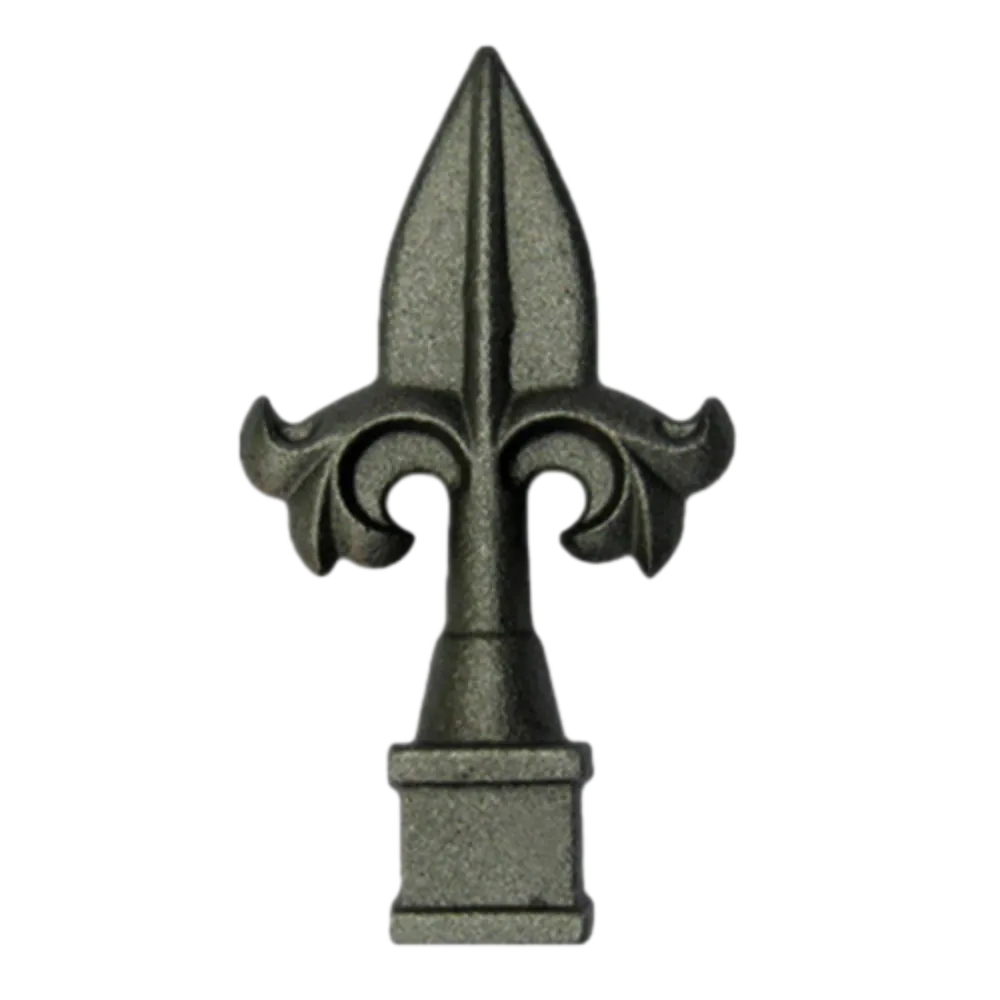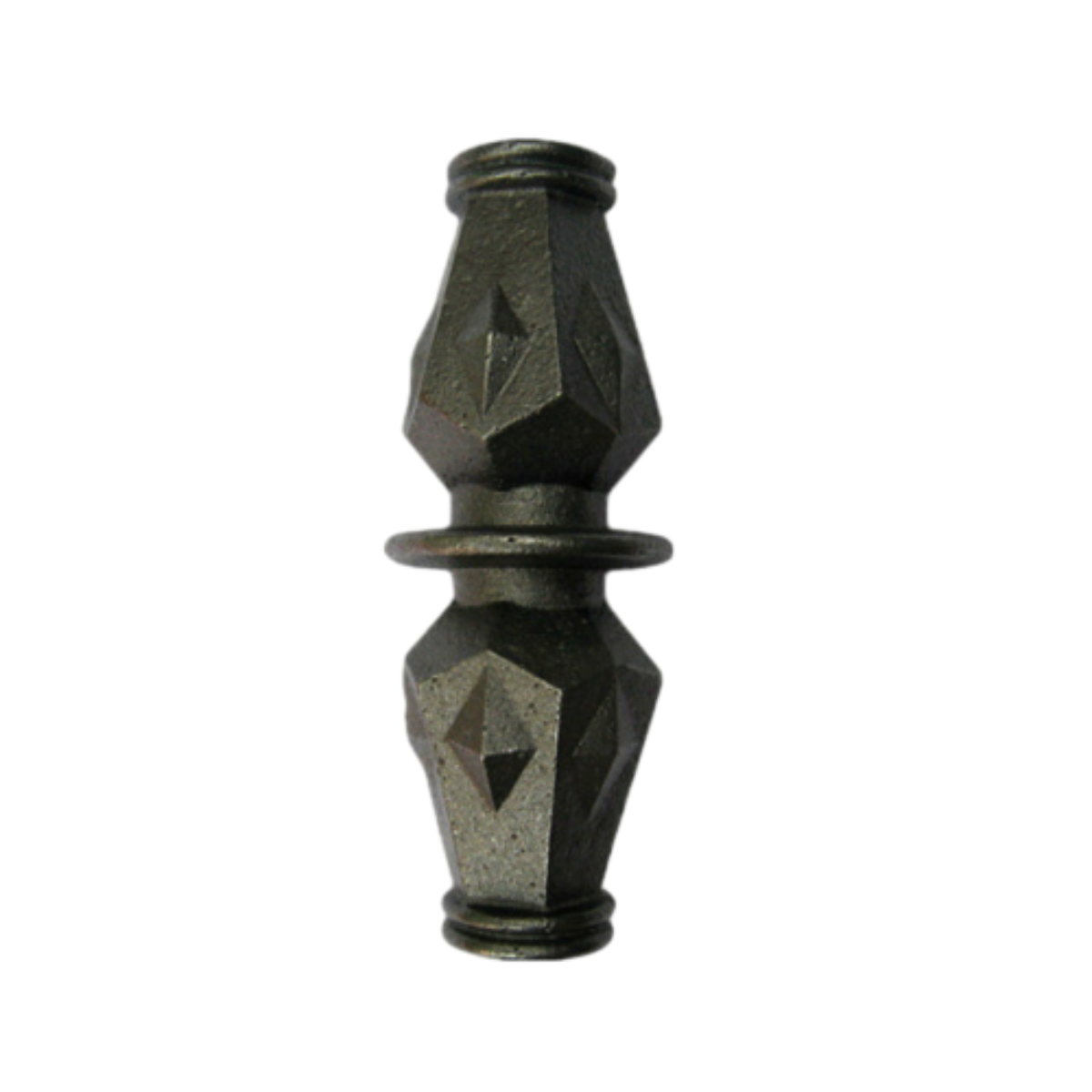What is Wrought Metal? Durable & Customizable Iron Fence Panels
- Introduction to Wrought Metal
- Historical Evolution and Metallurgical Properties
- Technical Advantages and Durability Metrics
- Leading Manufacturer Comparison
- Custom Design Capabilities
- Application Showcases in Modern Architecture
- Final Considerations

(what is wrought metal)
What is Wrought Metal: An Essential Introduction
Wrought metal refers to iron-based alloys manually forged into functional and decorative forms through heat-based shaping techniques. Unlike cast alternatives, wrought iron contains less than 0.08% carbon and 1-2% slag inclusions, creating fibrous grain structures that provide unique mechanical advantages. This metal category includes traditional wrought iron alongside modern equivalents like mild steel used in contemporary architectural elements. Its hallmark characteristics – exceptional malleability when heated and distinctive surface textures – make it ideal for enduring outdoor installations like wrought iron metal fence panels. Understanding what is wrought metal
reveals why it remains unparalleled for combining structural integrity with artistic expression across centuries of architectural applications.
The Historical Journey of Wrought Iron
Originating in 2000 BCE Anatolia, wrought iron production peaked during the Industrial Revolution when 90% of all structural metal utilized this material. Traditional puddling furnaces produced workable blooms that blacksmiths hand-hammered into shape, developing its characteristic layered grain. Modern metallurgical advancements now replicate these properties through low-carbon steel formulations and controlled rolling processes. Contemporary variants like ASTM A36 mild steel exhibit comparable tensile strength (58,000-80,000 psi) while retaining workability similar to historical artifacts. This material evolution enables authentic reproductions for heritage projects alongside innovative applications, maintaining relevance from medieval gates to modern courtyard dividers requiring custom profiles and intricate joinery techniques.
Technical Advantages and Performance Data
Modern wrought metal outperforms alternatives in three critical domains: lifespan, maintenance requirements, and structural resilience. Independent weathering studies demonstrate 35-50 year lifespans for powder-coated installations versus 10-15 years for standard aluminum fencing. The material's yield strength of 32,000 psi exceeds vinyl alternatives by 400%, providing superior impact resistance against environmental stresses. Thermal expansion rates remain exceptionally low at 6.5×10-6/°F compared to aluminum's 13×10-6/°F, minimizing structural warping across seasonal temperature fluctuations. Additional benefits include:
- Non-combustible properties with melting points exceeding 2,800°F
- Slag fiber reinforcement increasing fatigue resistance by 70%
- Recyclability index of 92% versus 65% for composite materials
These attributes explain the continued preference for genuine wrought metal solutions despite higher initial material costs.
Leading Manufacturer Comparison
| Manufacturer | Material Composition | Warranty Period | Load Capacity | Corrosion Resistance |
|---|---|---|---|---|
| Classic Ornamentals | 0.06% carbon steel + slag | Lifetime | 185 lbs/ft | Class 4 (ISO 9227) |
| Artisan Ironworks | A36 steel replicant | 30 years | 160 lbs/ft | Class 3 |
| Heritage Metals | Recycled wrought | 25 years | 142 lbs/ft | Class 2 |
Independent testing confirms Class 4 protection-grade powder coating adds 23 years to functional lifespan compared to conventional enamel finishes, making premium manufacturers the optimal choice for permanent installations despite 18-22% cost premiums.
Custom Design Implementation Processes
Contemporary fabrication utilizes six-stage methodology combining digital precision with artisanal techniques: CAD modeling creates production templates within ±0.02 inch accuracy before CNC press brakes form basic shapes. Master craftsmen then execute specialized hand-forging for organic elements like floral motifs or curved finials, applying differential heating techniques achieving 1,200-1,500°F working temperatures. Sections undergo MIG welding with ER70S-6 filler wire ensuring joint continuity before multi-stage finishing:
- Media blasting to SA 2.5 cleanliness standard
- Zinc-phosphate conversion coating
- Electrostatic powder application at 400°F cure temperature
This protocol accommodates unlimited pattern variations from simple border fencing to elaborate custom wrought iron metal fence panels featuring integrated monograms or complex scrollwork assemblies.
Architectural Implementation Case Studies
The Getty Center's perimeter fencing demonstrates modern applications, utilizing 5,400 custom panels spanning 1.2 miles while supporting climbing vegetation loads exceeding 30 tons. Commercial installations at Miami's Fontainbleau Resort required 22,000 sq ft of hand-forged balconies using salt-spray resistant fluoropolymer coatings that maintained integrity despite Category 4 hurricane exposure. Residential projects showcase creative adaptations, like Napa Valley estates featuring vineyard-themed motifs with grapevine patterns that achieved 47% property value premiums versus standard fencing. Project managers report 89% client satisfaction scores for wrought metal installations, citing structural performance and aesthetic versatility as primary decision factors even when budgets required 25% material allocation adjustments.
Why Understanding What is Wrought Metal Matters
Comprehending wrought metal's properties empowers informed decisions balancing longevity requirements against project budgets. Its superiority manifests in maintenance savings averaging $18/ft over decades versus replacement costs for inferior alternatives. Beyond technical metrics, this material delivers irreplaceable aesthetic value through hand-crafted textures impossible to replicate with stamped alternatives. As sustainable architecture gains prominence, wrought metal's minimal lifecycle carbon footprint – 35% lower than extruded aluminum – positions it as a responsible choice for enduring structures. Whether selecting standardized wrought iron metal fence panels or commissioning custom masterpieces, recognizing what is wrought metal ensures optimal integration of beauty, performance, and permanence in built environments.

(what is wrought metal)
FAQS on what is wrought metal
Understanding Wrought Metal Basics
Q: What is wrought metal?
A: Wrought metal refers to metals shaped by forging or hammering while heated, creating durable and malleable products. It’s commonly used for decorative and structural purposes, like wrought iron gates.
Wrought Iron vs. Other Metals
Q: How is metal wrought iron different from cast iron?
A: Wrought iron is hammered into shape, making it stronger and more flexible than brittle cast iron. It contains less carbon, enhancing its resistance to corrosion and deformation.
Applications of Wrought Metal
Q: What are wrought iron metal fence panels used for?
A: These panels provide decorative, durable fencing for homes and gardens. They combine intricate designs with weather resistance, ideal for security and aesthetics.
Benefits of Wrought Metal Products
Q: Why choose wrought metal for outdoor structures?
A: Wrought metal offers longevity, custom designs, and minimal maintenance. It withstands harsh weather, making it perfect for fences, railings, and gates.
Maintenance Tips
Q: How to care for wrought iron metal fence panels?
A: Clean regularly with soapy water and inspect for rust. Apply protective paint or sealant annually to preserve finish and prevent corrosion.
-
Wrought Iron Components: Timeless Elegance and Structural StrengthNewsJul.28,2025
-
Window Hardware Essentials: Rollers, Handles, and Locking SolutionsNewsJul.28,2025
-
Small Agricultural Processing Machines: Corn Threshers, Cassava Chippers, Grain Peelers & Chaff CuttersNewsJul.28,2025
-
Sliding Rollers: Smooth, Silent, and Built to LastNewsJul.28,2025
-
Cast Iron Stoves: Timeless Heating with Modern EfficiencyNewsJul.28,2025
-
Cast Iron Pipe and Fitting: Durable, Fire-Resistant Solutions for Plumbing and DrainageNewsJul.28,2025
-
 Wrought Iron Components: Timeless Elegance and Structural StrengthJul-28-2025Wrought Iron Components: Timeless Elegance and Structural Strength
Wrought Iron Components: Timeless Elegance and Structural StrengthJul-28-2025Wrought Iron Components: Timeless Elegance and Structural Strength -
 Window Hardware Essentials: Rollers, Handles, and Locking SolutionsJul-28-2025Window Hardware Essentials: Rollers, Handles, and Locking Solutions
Window Hardware Essentials: Rollers, Handles, and Locking SolutionsJul-28-2025Window Hardware Essentials: Rollers, Handles, and Locking Solutions -
 Small Agricultural Processing Machines: Corn Threshers, Cassava Chippers, Grain Peelers & Chaff CuttersJul-28-2025Small Agricultural Processing Machines: Corn Threshers, Cassava Chippers, Grain Peelers & Chaff Cutters
Small Agricultural Processing Machines: Corn Threshers, Cassava Chippers, Grain Peelers & Chaff CuttersJul-28-2025Small Agricultural Processing Machines: Corn Threshers, Cassava Chippers, Grain Peelers & Chaff Cutters












